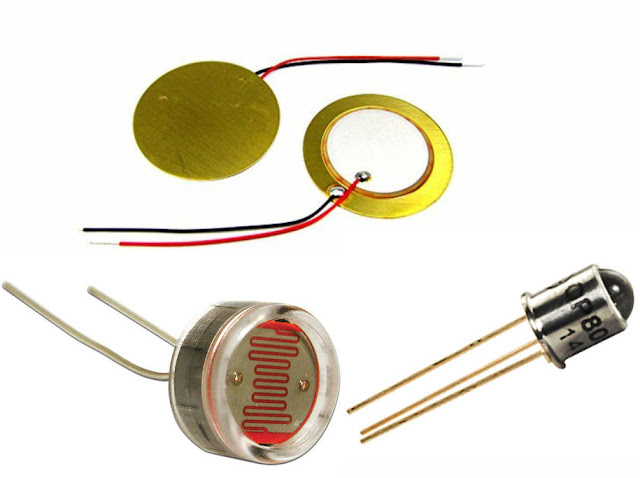Active sensor
An active sensor is a sensor that can convert directly from energy that has non-electrical quantities (such as mechanical energy, thermal energy, light energy or chemical energy) into electrical energy. This sensor is usually packaged in one package consisting of a sensor element as a detector, and a converter device as a transducer of energy with non-electrical quantities into electrical energy.
Sensors that are classified as active sensors are of many kinds and types that are sold in the electronic component market (for example: thermocouple, photo cell or what is often on the market LDR "Light Dependent Resistor", photo diode, piezo electric, photo transistor, solar element cell , tacho generator, etc.).
Kinds of sensors
Classification of Sensors are:
- Chemical sensors
- Physical Sensors
- Biological Sensors
Chemical Sensor is a pH sensor
- Oxygen sensor
- explosion sensors,
- gas sensors.
Physics Sensors:
- thermal sensor (heat)
- mechanical sensors
- optical sensor (light)
Biological Sensors:
- molecular and biomolecular measurement sensors: toxins, nutrients, pheromones
- Sensors for measuring glucose, oxygen, and osmolality levels
- protein and hormone measurement sensors

